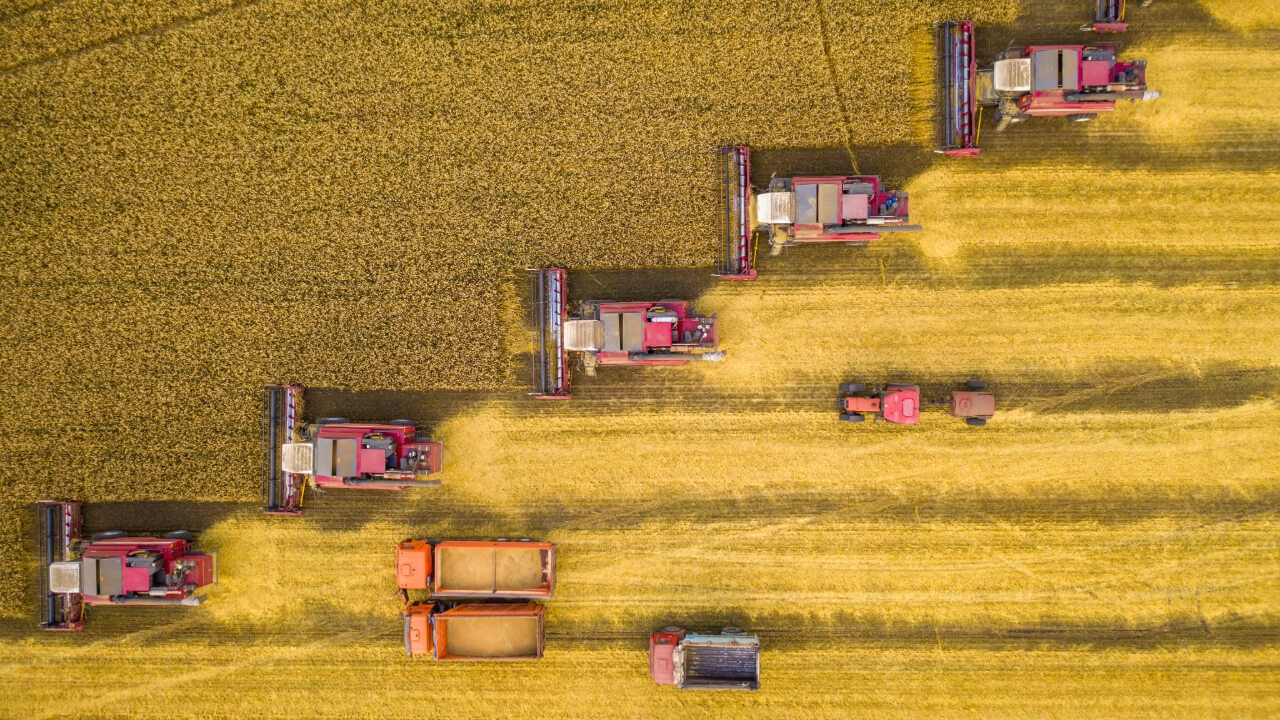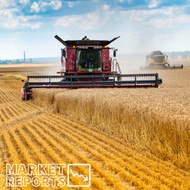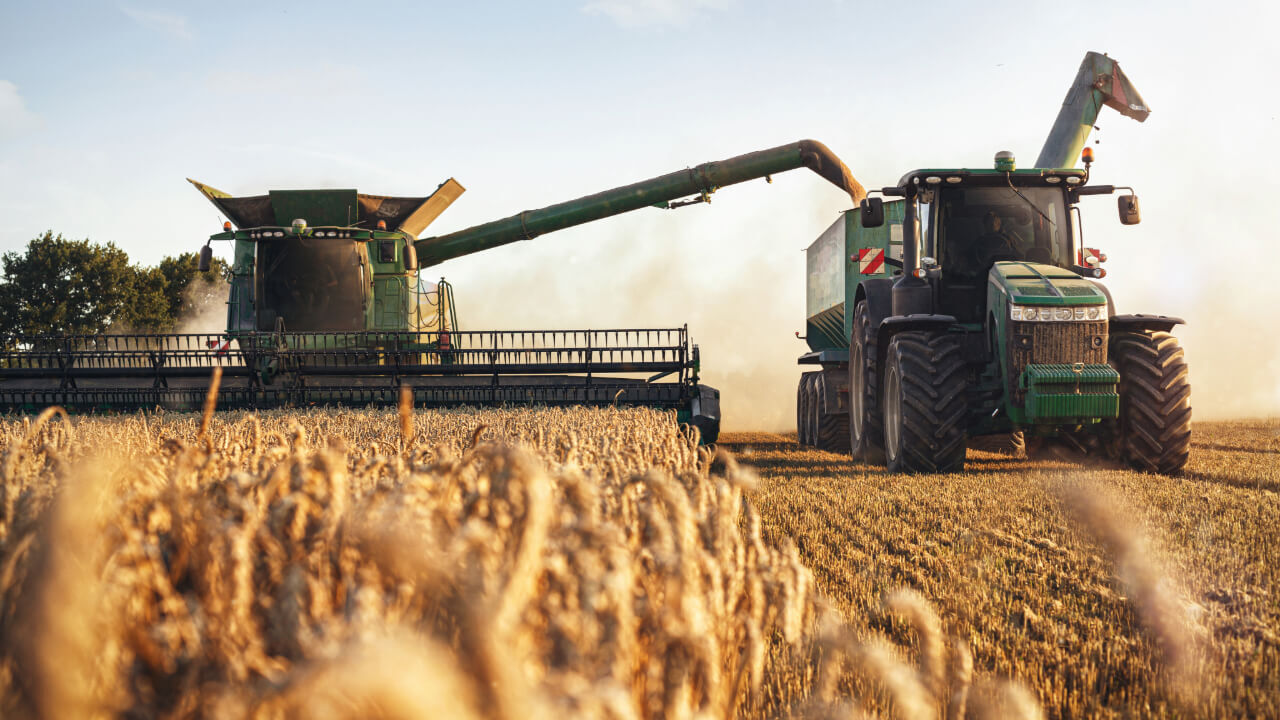Early Promise, Patchy Yields: Inside the 2025 UK Wheat Harvest
Posted by Emma on 19th Jul 2025 Reading Time:
As the 2025 UK wheat harvest gets underway, there’s optimism in the air—at least in some corners of the country. With combines rolling in earlier than at any time since 2006, the season has kicked off quickly, but its story is far from uniform. While local results around Harlow show encouraging yields and quality, national figures reveal a more mixed picture, particularly in regions with lighter soils. Here’s what producers, buyers, and those along the grain supply chain need to know—starting in the UK and expanding to the global outlook.
A Flying Start for the UK
By early July, about 10% of the UK’s winter barley had already been harvested, comfortably ahead of the five-year average. And that early start is now paying off in wheat. Initial cuts are revealing strong protein levels and high hectolitre weights, which bodes well for millers and bakers alike.
Local yields in areas like Harlow are ranging between 7–8 tonnes per hectare, a healthy figure that speaks to favourable conditions in parts of the southeast. That said, this isn’t the national story. Lighter land has suffered from the UK’s driest spring in 150 years, hitting yields even as quality indicators stay high. Lower moisture levels during key growth stages likely reduced tillering and kernel numbers, explaining why protein content appears elevated.
According to AHDB estimates, the UK’s total wheat output for 2025 could hit 12.8 million metric tonnes—up 17% from last year. The planted area is also larger, up 6% to 1.62 million hectares, although still slightly below the five-year average.
Winter wheat is still in the early stages of cutting—about 5–10% so far—but trends are encouraging. With new crop deliveries due at sites such as Harlow and Ponders End, millers in the region can expect good availability, including Group 1 milling wheat, despite broader concerns about the national supply.
What’s Happening Globally?
International wheat markets have seen their fair share of turbulence this season. After a sharp rally in mid-June, markets cooled as investors took profits. This pause came despite ongoing geopolitical tensions—particularly in the Middle East—that continue to inject volatility into the market.
Now, with some of that tension easing, fundamentals are back in focus. And globally, they point to strong supply. The International Grains Council (IGC) pegs global production at 806 million tonnes, while the USDA’s latest World Agricultural Supply and Demand Estimates (WASDE) pushes that figure slightly higher to 808.6 million tonnes.
The picture gets more nuanced when it comes to global stocks. Despite high production forecasts, strong demand and consumption are keeping ending stocks in check. The USDA’s July update shows a dip to 261.5 million tonnes—down slightly from June—mainly due to revised projections for Canada and the EU.
Breaking it down by region:
- EU production is rebounding, with forecasts ranging from 130.7 to 143.1 million tonnes.
- Russia is targeting 83–90 million tonnes, while Ukraine may reach 23–23.7 million.
- Australia is the outlier, expecting a 10% fall to 30.6 million tonnes due to poor soil moisture.
- India is on track for another record-breaking crop.
In the US, winter wheat production is up 2% on the year.
Yet, while global numbers look plentiful, the devil is in the details. Buyers seeking wheat with specific milling characteristics may still face a tight supply and rising premiums, especially if weather or logistical issues arise in key exporting nations.
In Summary
The UK’s 2025 wheat harvest has begun with promise, particularly in the southeast. Strong proteins and decent yields suggest millers and bakers may have little to worry about, at least regionally. However, yield variability, driven by the driest spring in generations, could impact national output and create pricing complexities.
Globally, the mood is mixed. Large crops are in the ground, but global stockpiles are not ballooning. As a result, price competition remains fierce, and quality—not just quantity—will likely determine who wins and loses in the marketplace.
For flour users and grain buyers, now is the time to look beyond the headline numbers. Local quality and availability of premium wheats, as well as emerging global trade dynamics, will shape purchasing strategies well into 2026.




